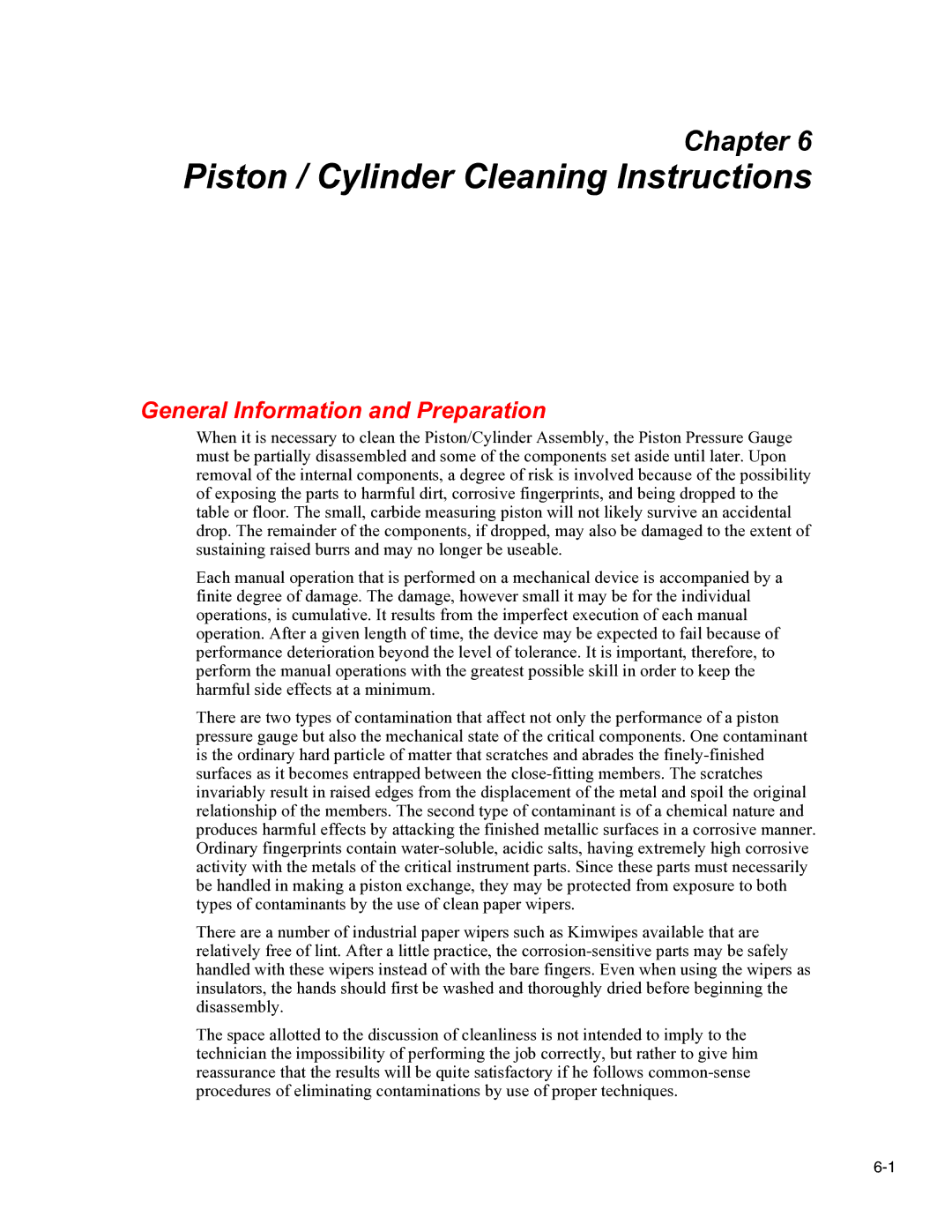2470 specifications
The Fluke 2470 is a versatile and highly regarded data acquisition system designed for a wide range of applications in electrical testing and measurement. Known for its precision and reliability, the Fluke 2470 is particularly popular among professionals who require accurate data for analysis and reporting.One of the standout features of the Fluke 2470 is its high-performance data acquisition capabilities. It supports multiple channel inputs, allowing users to monitor and log various electrical parameters simultaneously. This multi-channel functionality is essential for complex testing scenarios where multiple variables must be tracked in real time.
The Fluke 2470 utilizes advanced measurement technologies, including a high-resolution analog-to-digital converter that ensures superior measurement accuracy. This technology is crucial for applications that demand precise readings, such as research and development, quality assurance, and compliance testing.
Additionally, the device is equipped with a variety of input types, including voltage, current, and temperature, making it suitable for a wide array of testing applications. The flexibility in input compatibility allows users to customize their measurements according to specific project requirements.
Another significant characteristic of the Fluke 2470 is its user-friendly interface and software integration. The accompanying software enables users to configure measurements easily, set up logging intervals, and analyze data visually. This intuitive setup minimizes the learning curve for new users and enhances productivity.
Data storage is another critical feature of the Fluke 2470. It provides ample internal memory, allowing users to record extensive datasets over long periods without the need for continuous monitoring. The stored data can be easily exported for further analysis, making it ideal for long-term testing projects.
Moreover, the Fluke 2470 excels in terms of portability and ruggedness. Its compact design is built to withstand demanding environments, ensuring that it can deliver accurate data in the field just as reliably as in the lab.
In conclusion, the Fluke 2470 combines high-performance data acquisition, multi-channel capabilities, advanced measurement technologies, and user-friendly features, making it a top choice for professionals in a variety of fields. Its robust design ensures that it meets the demands of rigorous testing while providing accurate and reliable data, crucial for informed decision-making.
